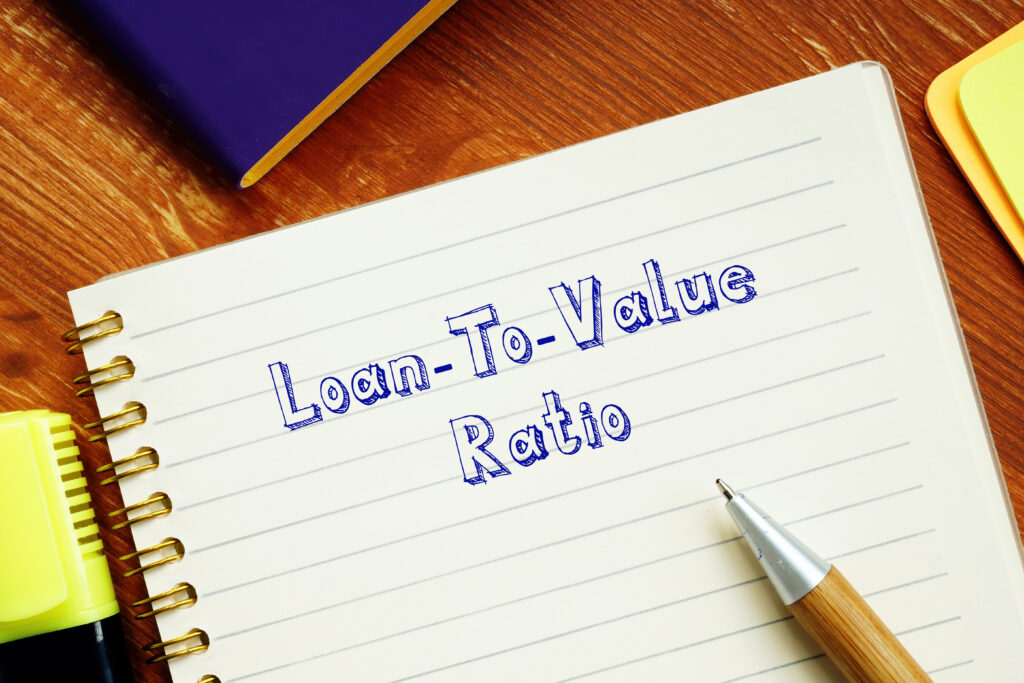Bridge loans — often referred to as bridge finance loans — are short-term funding solutions designed to help borrowers “bridge the gap” between two financial transactions. They’re often used in the property market but can also apply to a variety of business and personal funding scenarios.
In this article, we’ll explore the definition of a bridge loan, how this type of finance works, and the many real-world situations where bridge finance loans can offer a smart, timely solution.
Whether you’re a business owner, investor, or homeowner, understanding how and when to use a bridge loan could unlock opportunities you don’t want to miss.
Bridge Loan Definition
Let’s start with the basics.
The general bridge loan definition is:
A short-term loan designed to provide immediate funds while a borrower is waiting on future income, sale proceeds, or longer-term financing.
Most bridge loans last between 3 to 24 months and are secured against property. Borrowers typically repay the loan once the asset is sold, long-term finance is secured, or a major cash flow event occurs.
Because of their speed and flexibility, bridge finance loans are particularly useful in situations where timing is crucial, especially when traditional lenders are too slow or too rigid.
How Does a Bridge Loan Work?
Bridge loans are secured loans, meaning they rely on real estate (residential, commercial, or land) as collateral.
Here’s how a typical bridge loan works:
- The borrower applies for a loan secured against their current property.
- The lender provides funds quickly, often in just a few business days.
- The loan can be used to secure a new property, cover cash flow, or fund urgent expenses.
- Once the borrower sells their existing property or secures long-term finance, the bridge loan is repaid in full, usually in one lump sum.
Bridging loan rates are generally higher than standard mortgages due to the short-term nature and risk profile, but the speed and flexibility often justify the cost.
Common Scenarios Where Bridge Finance Loans Can Help
Now, let’s explore some real-world applications of bridge finance loans in Australia.
Buying a New Home Before Selling Your Old One
One of the most common uses of a bridge loan is in residential property purchases. If you find your dream home but haven’t yet sold your current property, you might miss out while waiting for the sale to go through.
A bridge loan solves this by giving you the funds to purchase the new property, expecting you to repay the loan once your existing home sells.
Use case:
You own a home valued at $900,000 with $300,000 left on the mortgage. You want to buy a new home for $1.2 million. A bridge loan allows you to borrow the funds needed upfront, secured against both properties, and repay it once your original home is sold.
Downsizing Without Delays
Downsizing? The timing can still be tricky. Many retirees or empty-nesters want to sell their family home and move into a smaller one, but may not have the funds on hand while waiting for the sale.
A bridge finance loan allows you to buy your next home first, move in comfortably, and then sell the original home on your terms, potentially even for a higher price without pressure.
Property Development or Construction Finance
If you’re developing or subdividing property, bridge loans can offer fast funding for site acquisition or initial construction costs before your full development finance comes through.
They’re also handy when waiting for permit approvals, presales, or staged progress payments.
Use case:
You’ve secured a site but need capital to complete a pre-sale requirement. A short-term bridge loan can provide working capital until your main construction loan kicks in.
Bridging Business Cash Flow Gaps
Bridge finance isn’t just for homeowners. Business owners often face timing gaps in cash flow — waiting on customer payments, delayed deals, or seasonal income cycles.
Instead of stalling operations, a bridge loan gives you the cash buffer to meet payroll, pay suppliers, or act on short-term growth opportunities.
Examples include:
- Covering tax obligations while waiting for invoices to be paid
- Keeping operations running during seasonal downturns
- Buying inventory in bulk at a discount before sales ramp up
Purchasing Commercial Property Quickly
Commercial properties often move fast, especially in competitive markets. If you want to purchase or expand into a new site, a bridge loan helps you act before someone else snaps it up.
Scenario:
You find a warehouse listed below market value, but your long-term finance is still weeks away. A bridge loan secures the property now, while you finalise traditional lending in the background.
Renovating to Add Value Before Selling
If your property needs work before it hits the market, using a bridge finance loan to renovate can increase its value and help you achieve a higher selling price.
This is especially relevant for investors or homeowners preparing their property for sale who don’t have the cash up front.
Preventing Foreclosure or Repossession
If you’re at risk of mortgage default or have fallen behind on payments, a bridge loan can help you pay off an arrears amount while you restructure your finances or arrange a sale. It buys you time and may help avoid forced repossession or a fire-sale situation.
Advantages of Bridge Finance Loans
- Speed: Access funds in as little as 3–5 business days
- Flexibility: Use funds for any worthwhile purpose
- No need to sell urgently: Avoid undervaluing assets through rushed sales
- Interest-only or capitalised options available
- Short terms: Usually 3 to 24 months — ideal for temporary gaps
Some Points to Consider with Bridge Loans
While bridge loans are incredibly useful, they’re not without considerations:
- Interest rates are higher than long-term loans
- Loan terms are short – you need a clear repayment strategy
- You must have sufficient equity to support the loan
That’s why working with experienced private lenders like Pacific 8 is essential. We assess your property, strategy, and exit plan to make sure the bridge is safe, not shaky.
Is Bridge Finance Right for You?
Whether you’re upgrading your home, investing in real estate, running a business, or managing a short-term financial gap, bridge finance loans offer a smart, fast and strategic solution.
The key is knowing how bridge loans work, understanding your repayment pathway, and partnering with a lender who can move quickly and structure terms to suit your goals.
Explore Bridge Finance Loans with Pacific 8
At Pacific 8, we specialise in custom bridge loans for Australians who need flexible funding with fast approvals and short-term options.
We offer:
- Loans from $300,000 to $25 million
- Settlement in as little as 3 days
- Terms from 3 to 24 months
- Up to 75% Loan-to-Value Ratio (LVR)
Whether you’re buying a new property, funding construction, or just need to cover a cash flow gap, we’ll help you secure the bridge and reach the other side with confidence. Contact us at Pacific 8 today to find out how a bridge finance loan can work for your situation.





